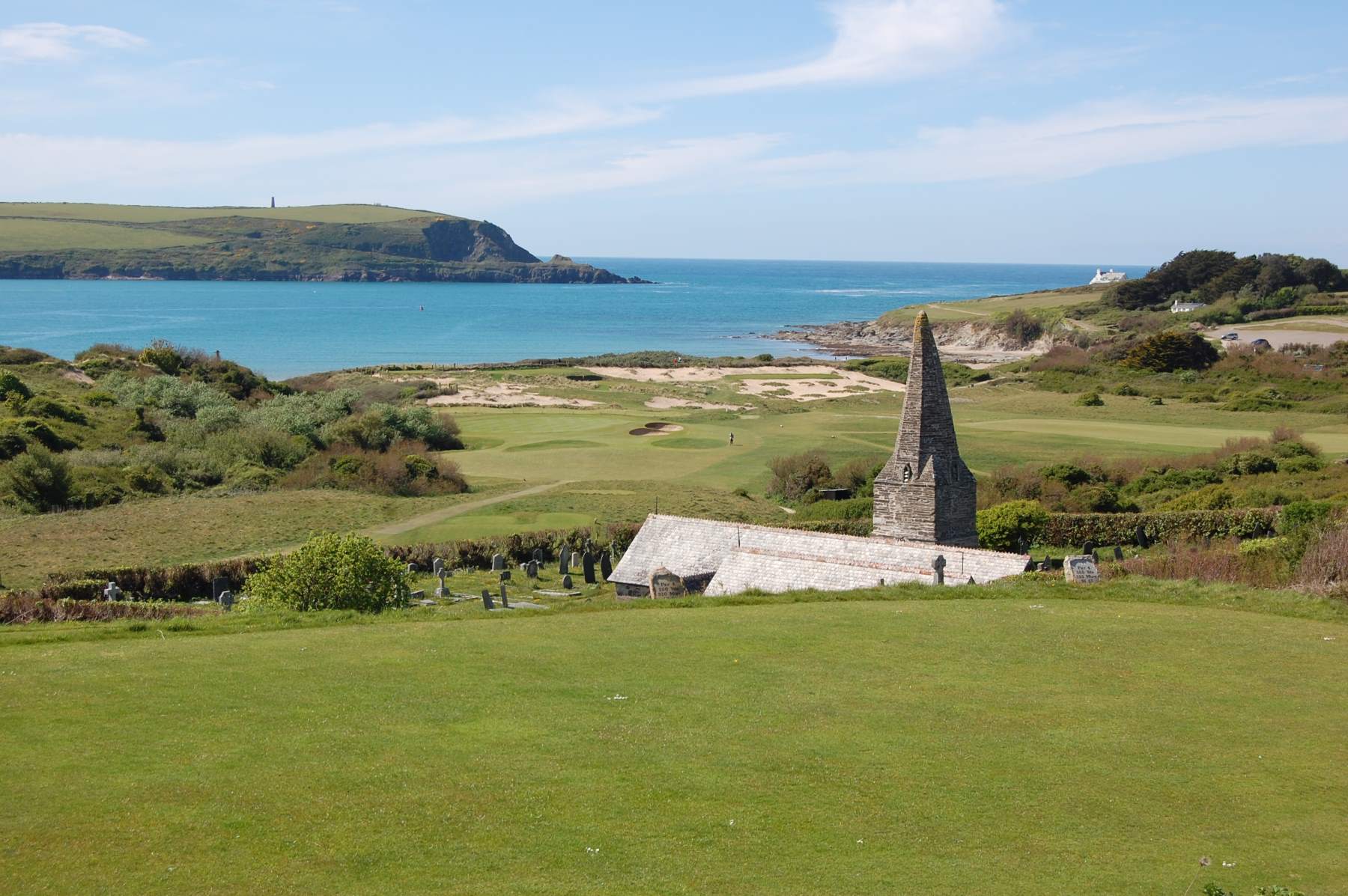St Enodoc Golf Club in north Cornwall has embarked on a five-year ecological management plan to return both its championship Church Course and Holywell Course back to a biodiverse landscape that will benefit both nature and the game of golf and better reflect the terrain on which the course was originally established over 100 years ago.
The club has already spent the last few years working alongside Natural England to get rid of the scrub plant species that had inveigled their way onto both courses over the years and had come to dominate where there has previously been a lack of management or disturbance. The removal of these species will allow fescue and other natural grasses to make a return to the land that will then attract the proliferation of fauna that thrive in this habitat.

A programme of dune restoration has also been undertaken with Natural England to reinstate the more natural links landscape that James Braid would have come across when he designed St Enodoc back in 1890.
“By undertaking this ecological plan, the club is committed to ripping out the scrub plant species such as ivy, buckthorn and gorse, and even trees, that have encroached on the land where are two courses are set in order to allow it to return to its original state,” said Simon Greatorex, general manager of St Enodoc.

As part of the course makeover, the club has taken advice from agronomist and golf course advisor Chris Haspell, who has wide experience in constructing golf courses that sit naturally in their environment.
Haspell is probably best known for his work at the Castle Stuart Golf Links in Scotland, which has hosted four Scottish Opens under his leadership whilst his consultancy work has taken him all over Europe and North America. Haspell has also worked for the Danish Golf Union, providing advice to government on sustainable design and management and has also been involved with the R&A’s golf course committee.
“The goal is to firm surfaces whilst reducing inputs of water, chemicals and fertilizers,” explained Haspell. “Maintaining good quality surfaces throughout the course is crucial to the success of any golf course and, coupled with the ecology plan, we can keep the course fun and engaging whilst improving the environmental responsibilities for the members and guests and, importantly, in the community.”
In tandem with guidance from Haspell, St Enodoc has been in consultation with the STRI‘s Rowan Rumball, who late last year produced ecological management plans for the next five years for both the Church and the Holywell Courses, which will be reviewed by Rumball on an annual basis.
“The purpose of the ecological management plans is to preserve the biosphere found through the two courses, maximising the ecosystem services they provide and ensuring vegetation encroachment does not degrade the play of golf through them. This will preserve the links golf course ‘feel’ that has helped elevate links courses to the worldwide renown they enjoy today,” said Rumball.
As part of the STRI programme, the club has eradicated a number of non-native trees such as the leylandii that have been taken out from the edge of the 18th green and the area formed into a species-rich sand scrape, whilst a willow tree in the pond at the 15th has been removed for health and safety reasons and to improve the views on this hole. At the same time, a nearby water course was cleaned out between the 15th and 5th holes to aid biodiversity.

In addition, tamarisk hedging behind the 11th green has been removed to give it more light and to protect it from the roots that were spreading themselves underneath the green and affecting the grass. This has been replaced with dunes and marram grass which thrives when exposed to moving sand, wind and salt spray.
In time, the various changes to the courses’ flora will see a return of the fauna such as reptiles, spiders and moths associated with links ground to the restored habitat.
“Over the last few years, I have worked with over 100 golf courses in order to restore native flora and fauna back into the rough as golf courses have the potential to be fantastic for nature and golf simultaneously; the golf is improved by playing through a natural area while the management of golf courses in natural areas helps promote wildlife and habitats. It is a balanced beneficial relationship that unfortunately is not always seen within our country’s protected areas, where funds restrict the capabilities of management,” concludes Rumball.
The long-term objective of undertaking these plans is for St Enodoc to become GEO certified as this comprehensive and widely-regarded sustainability distinction is a requirement for clubs that wish to host an R&A tournament, something which the club is keen to do at some point in the future.

By 2024, St Enodoc will have carried out eight years of conservation and sustainable coastal dune management on its two courses which it regards as good husbandry of the land.
From a playing point of view, golfers will continue to be able to enjoy spotting a diverse range of fauna including sand lizards, skylarks and silver-studded blue butterflies during the summer, all of which are seen on St Enodoc but are very rare, or declining, across the rest of the country.

